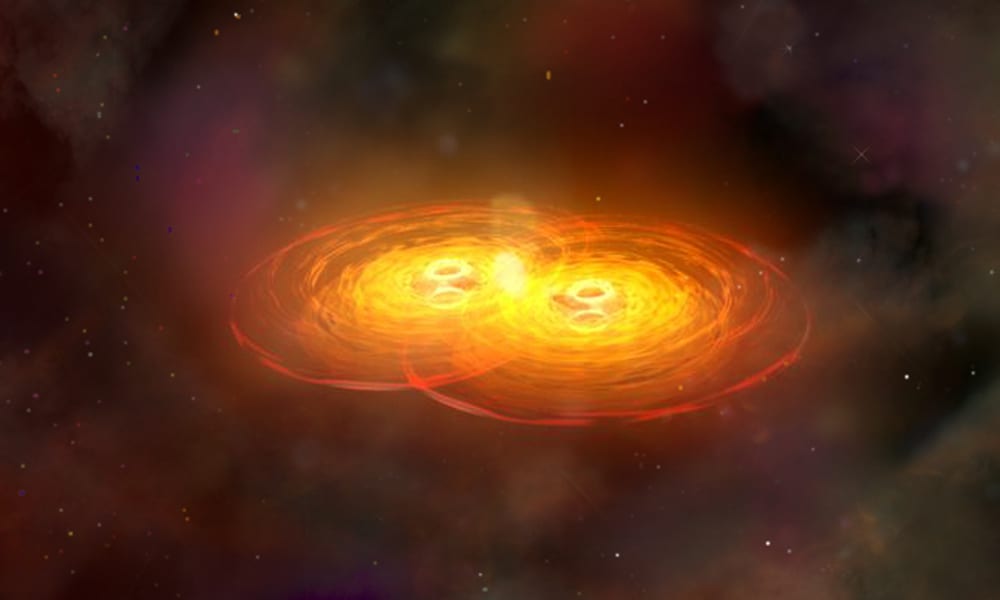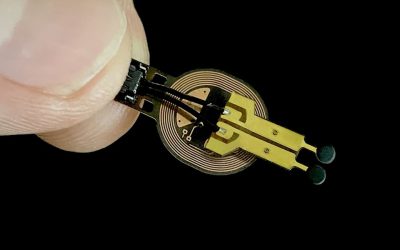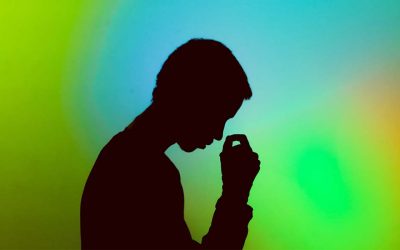On 14 September 2015, the universe’s gravitational waves were observed for the very first time. The waves, which were predicted by Albert Einstein a hundred years ago, came from a collision between two black holes. It took 1.3 billion years for the waves to arrive at the LIGO detector in the USA.
The signal was extremely weak when it reached Earth, but is already promising a revolution in astrophysics. Gravitational waves are an entirely new way of observing the most violent events in space and testing the limits of our knowledge.
LIGO, the Laser Interferometer Gravitational-Wave Observatory, is a collaborative project with over one thousand researchers from more than twenty countries. Together, they have realised a vision that is almost fifty years old. The 2017 Nobel Laureates have, with their enthusiasm and determination, each been invaluable to the success of LIGO. Pioneers Rainer Weiss and Kip S. Thorne, together with Barry C. Barish, the scientist and leader who brought the project to completion, ensured that four decades of effort led to gravitational waves finally being observed.
In the mid-1970s, Rainer Weiss had already analysed possible sources of background noise that would disturb measurements, and had also designed a detector, a laser-based interferometer, which would overcome this noise. Early on, both Kip Thorne and Rainer Weiss were firmly convinced that gravitational waves could be detected and bring about a revolution in our knowledge of the universe.
Gravitational waves spread at the speed of light, filling the universe, as Albert Einstein described in his general theory of relativity. They are always created when a mass accelerates, like when an ice-skater pirouettes or a pair of black holes rotate around each other. Einstein was convinced it would never be possible to measure them. The LIGO project’s achievement was using a pair of gigantic laser interferometers to measure a change thousands of times smaller than an atomic nucleus, as the gravitational wave passed the Earth.
So far all sorts of electromagnetic radiation and particles, such as cosmic rays or neutrinos, have been used to explore the universe. However, gravitational waves are direct testimony to disruptions in spacetime itself. This is something completely new and different, opening up unseen worlds. A wealth of discoveries awaits those who succeed in capturing the waves and interpreting their message.
Rainer Weiss, born 1932 in Berlin, Germany. Ph.D. 1962 from Massachusetts Institute of Technology, MIT, Cambridge, MA, USA. Professor of Physics, Massachusetts Institute of Technology, MIT, Cambridge, MA, USA.
Barry C. Barish, born 1936 in Omaha, NE, USA. Ph.D. 1962 from University of California, Berkeley, CA, USA. Linde Professor of Physics, California Institute of Technology, Pasadena, CA, USA
Kip S. Thorne, born 1940 in Logan, UT, USA. Ph.D. 1965 from Princeton University, NJ, USA. Feynman Professor of Theoretical Physics, California Institute of Technology, Pasadena, CA, USA
Source: Nobelprize.org
If you would like to read more about the work that led to this discovery, see some of the original research published in Annalen Der Physik and the Annals of the New York Academy of Sciences:
The basic physics of the binary black hole merger GW150914

















